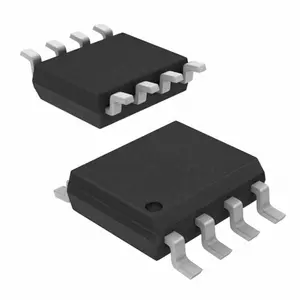Thyristor-based transient voltage suppression devices are effective devices that protect against over-voltage and approximate an open circuit under normal conditions. When a voltage across them is more than a particular value, known as the breakover voltage causes them to enter a conductive state which can be used to approximate a short circuit. This state remains until the current flow through the device and is decreased below a minimum value called hold current by some external impact within the circuit.
What is a TVS Thyristor?
Transient over-voltage and surges in the electrical environment usually result from power switching, electromagnetic radiation, lightning, electrostatic discharge, etc. TVS Thyristors are a practical electronic components used to protect the electronic circuits against power or voltage surges or over voltage transients that are induced onto these wires because of such situations.
How to Select the Right TVS Thyristor?
There are a few specifications that you must consider before choosing the right type of TVS Thyristors for the desired applications.
- Current – Peak Pulse, which is 8/20µs and 10/1000µs
- Current – Hold
- Number of elements
- Mounting Type: Surface Mount/Through Hole
- Packaging type
- Voltage Breakover
- Voltage – OFF state
- Voltage – ON state
With such specifications, it will be easier to figure out which these thyristors will be best for circuit protection or other purposes. Always make sure to choose the proper device to get the correct results.
Functions of TVS Thyristor Device
Some of the essential functions that TVS Thyristors perform are as follows:
- It protects people from hazardous voltages caused due to lightning or power line contact
- It reduces or restricts the maximum voltage seen by the equipment
- The thyristor diverts a very high transient current to the ground and keeps it away from the devices.





